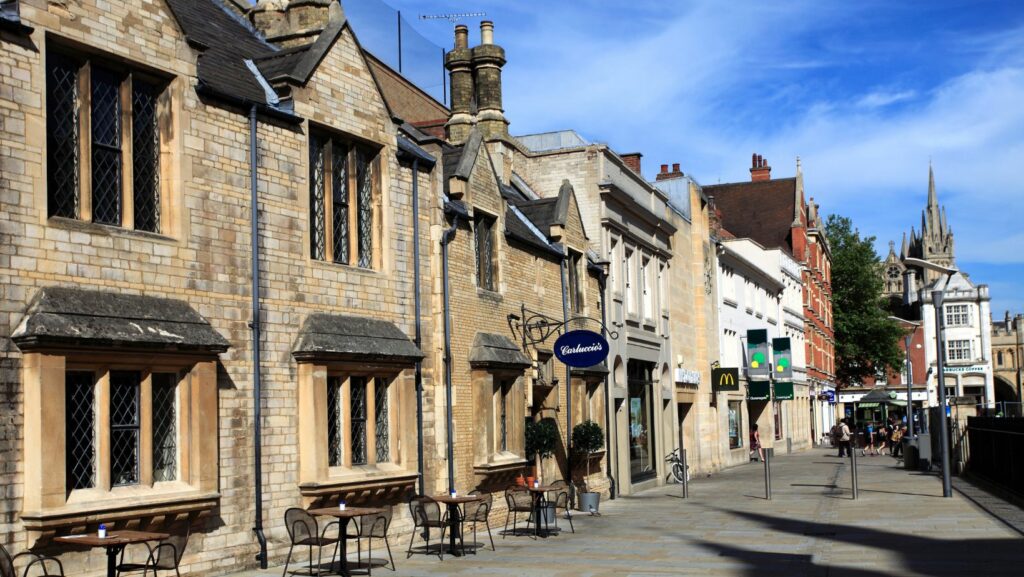How To Make Listed Buildings In The UK Energy-Efficient

If you own a listed building, you know the excitement and challenges of maintaining such a home. Its stunning historical charm and community significance can, unfortunately, make renovating extra stressful and time-consuming.
Still, with a little preparation and research, you can add useful and sustainable additions to your home that improve its energy efficiency while maintaining the building’s architectural integrity.
Understand Your Classification
Depending on where you are in the UK, listed homes are classified differently.
For example, in England and Wales, their listed buildings fall under ‘Grades’, with Grade I being the most significant historically and Grade II and III significant in architectural structure regionally and locally.
In Scotland, listed homes and buildings are classified by categories A, B, and C, where A is the most nationally significant, and C is locally and architecturally important.
It’s imperative that you fully understand your listed building’s classification before making any changes or renovations to your property to ensure you’re abiding by the guidelines to preserve your property properly.
Replace Windows Ethically
One of the biggest culprits of energy loss in listed buildings is drafts and openings from old windows. These buildings are not heat efficient, and it’s easy for mould and moisture to build up with damp air creeping its way inside.
Replacing windows is a wonderful way to help properly insulate your home and keep mildew at bay. But be sure to replace your windows with exactly the same materials and windows. In the UK, the ‘like for like’ rule is enforced to replace any windows on a listed building property.
Use Sustainable Solar Roofing
Solar roofing is a great way to increase the energy efficiency and property value of your listed home. Roofit Solar panels are a great option for listed homes because they are the roof. This means you can replace a damaged roof with one that produces solar energy for your home.
Installing any sort of solar product should be done with a trusted renewable energy consultancy like Smartly to ensure your installation is completed accurately and with care to preserve your historic home’s integrity.
Insulate With Interior Design
A great way to increase energy efficiency in your home is to incorporate it into your design choices.
This is a practice that was often done in the past, not just to showcase the luxury of noble families but to help keep warm inside. Using warm colors and rich textiles act as insulation on their own
Adding thick velvet curtains, plush rugs, and cozy fabrics and furniture keeps your heat indoors while adding to the overall historical aesthetic of your building.
Consult a Professional
No matter what additions you want to include on your property, always be sure to consult a professional architect or historical society in charge of preserving your listed property. Be sure that all changes and additions are approved before inculcating them into your home.
Looking for more information on sustainable home renovations? Check out our post on energy-efficient heating and cooling systems here!



 RapidHomeDirect.com Review: The Truth About Selling Your House for Quick Cash in 2024
RapidHomeDirect.com Review: The Truth About Selling Your House for Quick Cash in 2024  Henatigasm: The Ultimate Anime Streaming Platform That’s Taking Over in 2023
Henatigasm: The Ultimate Anime Streaming Platform That’s Taking Over in 2023  Transforming Work: Embrace Auldtwork for Flexibility, Creativity, and Collaboration
Transforming Work: Embrace Auldtwork for Flexibility, Creativity, and Collaboration